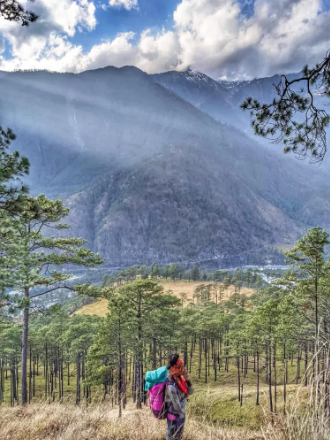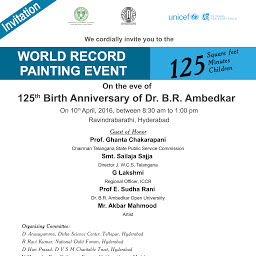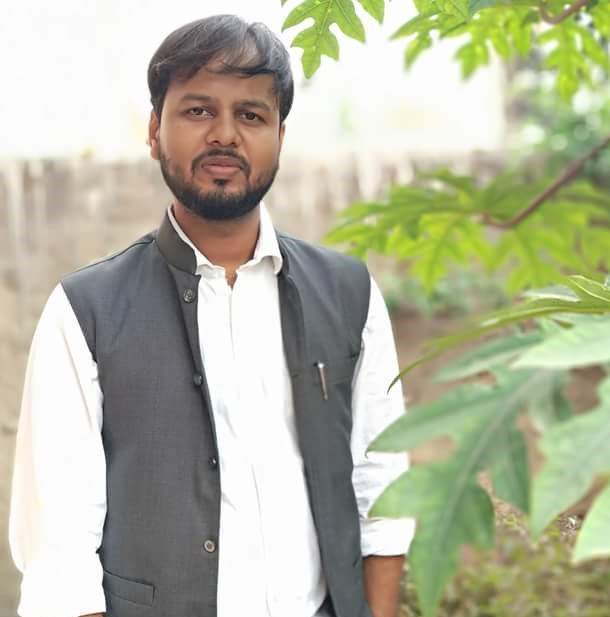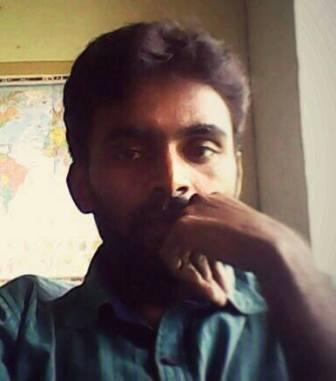Nyima Tarung Tana
Ah, Arunachal Pradesh, the land where the sun kisses the mountains first, where the rivers sing ancient songs, and where every stone has a story. As an Apatani-Monpa Buddhist, let me share with you a tale, poetic yet piercing, of how our vibrant culture is being slowly smothered by the silken shroud of appropriation.
Parshuram Kund: From Sacred Tailung to Mythical Shrine
Once upon a time, nestled amidst the verdant hills of Arunachal, there existed a sacred site known to us as Tailung. This place, revered by the local tribes, was a sanctuary of peace and spirituality. But lo and behold, came the wave of a new narrative! The wise men from distant lands decreed that this very spot was indeed Parshuram Kund, a place tied to the legendary Hindu sage Parshuram. How splendid! Overnight, our sacred Tailung transformed into a grand Hindu pilgrimage site, with tales spun so deftly, even Aesop would be impressed.
The Krishna and Rukmini Fable: A Match Made in Fiction
And then, dear reader, there is the enchanting tale of Krishna and Rukmini. According to the latest epics penned by imaginative minds, Krishna, the blue-skinned deity, wed Rukmini, an Idu-Mishmi maiden from Arunachal. Such romance! Such divine intervention! Except, in the annals of Idu-Mishmi folklore, this story is conspicuously absent. No songs, no stories, no whispered legends of this celestial match. Could it be, perhaps, that this tale was crafted not from tradition, but from a desire to weave our region into the vast tapestry of Hindu mythology?
Ziro Valley: A Gift Turned Into Claim
Picture this: the serene Ziro Valley, where the Apatani people, in a gesture of unparalleled hospitality, gifted a piece of land for the construction of a Hindu temple in the 1980s. No Apatani practiced Hinduism, but the gesture was one of goodwill and respect. Fast forward a few decades, and a stone is discovered—a Shivling, they declare! And suddenly, the entire valley is claimed as a Hindu pilgrimage site. How convenient! From a token of goodwill to a full-blown takeover, our Ziro Valley stands on the brink of losing its identity to a narrative that was never ours to begin with.
The Misogynistic Undertones: Women as Pawns
Let’s not forget the gallant tales of Krishna marrying our women to legitimize claims over our lands. These stories are not just historically dubious; they reek of misogyny. Women, in these narratives, are reduced to mere instruments of political and religious conquest. They are not individuals with their own identities and stories, but pawns in a grand chess game of cultural dominance. This isn’t just offensive; it’s a blatant disregard for the autonomy and significance of women in our societies.
A Pattern Across the Northeast
This story, unfortunately, is not unique to Arunachal. Travel across the Northeast, and you’ll find similar tales of cultural distortion. In Manipur, the once vibrant Sanamahi religion of the Meitei people was overshadowed by the enforced adoption of Hinduism, backed by state power in the 18th century. The unique traditions of Assamese Hinduism, including the Namghar worship, are being subsumed under a homogenized version of Hinduism that bears little resemblance to the local practices
The Erosion of Identity
The imposition of these narratives does more than just distort history; it erodes our identity. It tells us that our stories, our beliefs, our ways of life are not enough. They must be recast, reinterpreted, and rewritten to fit into a larger, more palatable framework. This is not cultural integration; it’s cultural imperialism. It’s a slow, insidious process of erasing who we are to replace it with a version that suits the agendas of those in power.
A Call for Genuine Respect
To my dear Mainland Indian brothers and sisters, this is not an attack on Hinduism. We respect all religions. Religion is personal choice. No northeastern was ever historically hindu, and if you want to convert people- do so without distorting history. Our grievance is with the distortion and appropriation of our culture. Integration and cultural exchange should be rooted in respect and understanding, not in the erasure of our identity. We are not anti-Hindu; we are pro-ourselves. We seek to preserve the rich, diverse tapestry of our cultures, which are valuable in their own right.
Conclusion
The tale of Arunachal Pradesh and the broader Northeast is a tale of resistance. Resistance against the erasure of our identities, against the appropriation of our cultures, and against the rewriting of our histories. As an Apatani-Monpa Buddhist, I stand to tell our stories, to preserve our heritage, and to assert our right to exist as we are. Our culture is not a blank canvas for others to paint their narratives upon; it is a rich, vibrant tapestry that deserves to be respected and preserved.
~~~
Nyima Tarung Tana is an ardent follower of the teachings of Gautama Buddha and currently a dedicated student. He serves as the Vice Chairperson of the Monpa Wesean Student Federation, a key wing of the Wesean Student Federation. He is also a forward, for a local soccer club in Tawang.










